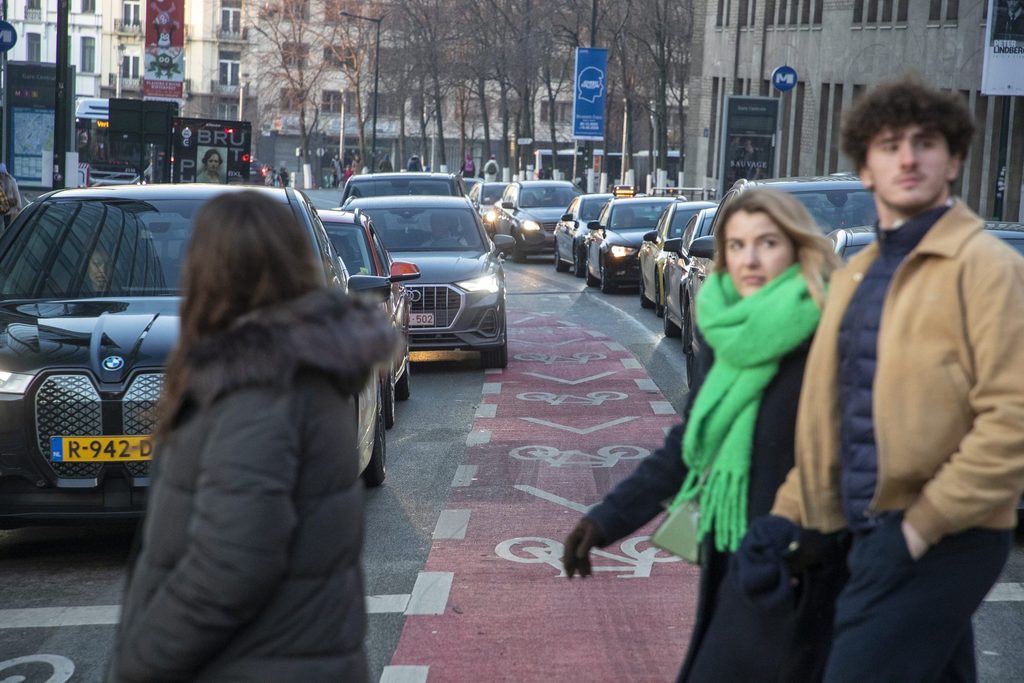While drivers in heavier cars are better protected in accidents, they pose a much bigger risk for those in smaller cars, as well as pedestrians and cyclists, prompting calls for a shift away from such vehicles.
Oversized cars such as sports utility vehicles (SUVs) and pick-up trucks, initially designed to navigate rugged terrains or move heavy goods, are increasingly being bought for everyday use in Belgium, including in traffic-heavy Brussels. Traffic institute Vias has advocated breaking the trend towards heavier vehicles as they pose a major risk.
"When a small city car weighing about 1,000 kg collides with a large family car weighing 2,000 kg, the occupants of the light vehicle are about three times more likely to suffer a serious injury than if the two vehicles had had a similar mass," Vias states, based on recent research it carried out.
Vias studied accidents from between 2017 and 2021 involving 300,000 occupants and vulnerable road users to assess the impact of vehicle characteristics on the severity of injuries for occupants, pedestrians and cyclists. It showed that, for every 300 kg a car becomes heavier, the risk of fatal injuries to vulnerable road users increases by 30% in a collision.
Increasingly vulnerable road users
The evolution towards increasingly heavier, more powerful and taller vehicles – cars have become almost one-third heavier in the last 20 years, while power increased by 60% and the bonnet height by 15% – is leading to "two-speed road safety", according to Vias.
This means that those in heavier cars are better protected in an accident, while occupants of lighter vehicles and vulnerable road users such as cyclists and pedestrians are at an even higher risk of serious or fatal injuries when they collide with heavier cars.
For example, when it comes to pick-ups – large, tall cars with a cargo box of which the bonnet is usually higher – Vias found that the risk of serious injury in a collision is 65% lower for the occupants, while that risk is 50% higher for the occupants of the car colliding with the pick-up. If a cyclist or pedestrian is hit by a pick-up, the risk of serious injury increases by 90% and fatality by as much as 200%.
Aside from size, the power of the car also plays a role: the occupants of a car 50 KW more powerful than another car involved in a collision are 65% less likely to die than the occupants of the other car. In contrast, car occupants are 125% more likely to die when hit by a car that is 50 KW more powerful than their car.
Related News
- Too big and antisocial: Brussels looks into anti-SUV measures
- Pressure group deflates tyres of 40 SUVs in Ghent
Vias argued that, although vehicles are increasingly equipped with driving assistance systems that can help avoid accidents or reduce their severity, there is a need to move away from heavier vehicles. "The more homogeneous the vehicle fleet is in terms of weight, the better for the protection of cyclists and pedestrians as well as car occupants of the other party when they are hit."
Due to the rise of SUVs in the city, the Brussels-Capital Region called for a study earlier this summer to consider measures to reduce SUVs in the city. The decision follows a similar measure in Paris which from 2024 will require SUV drivers to pay more to park in the city.

